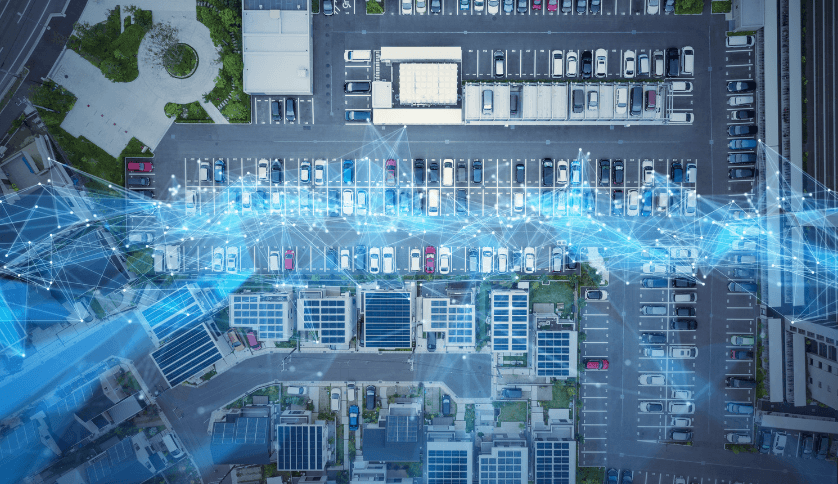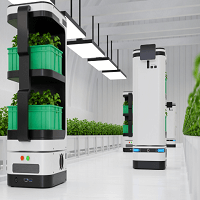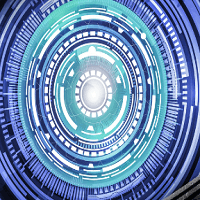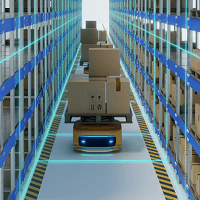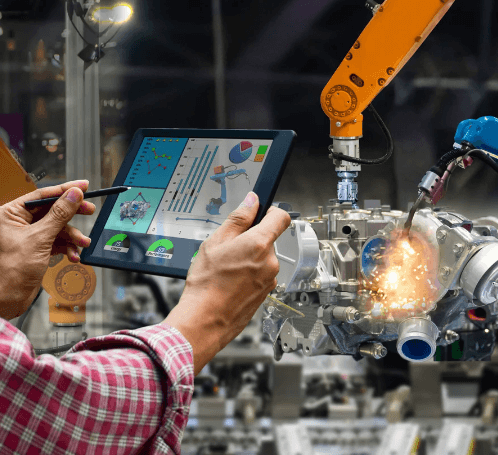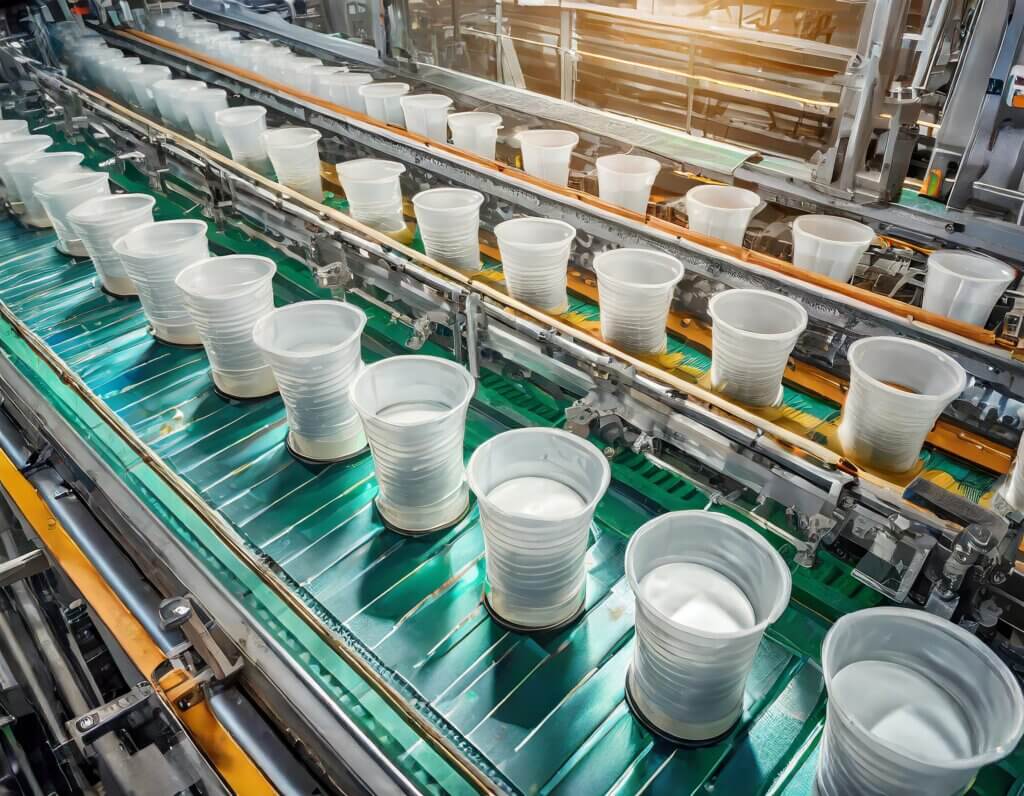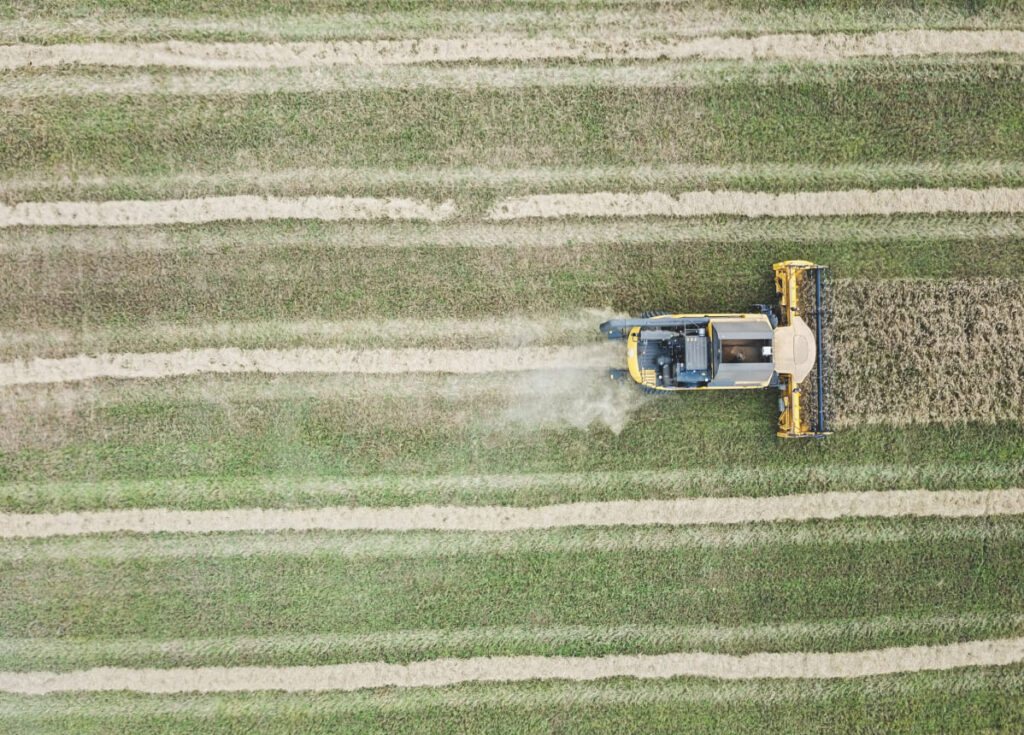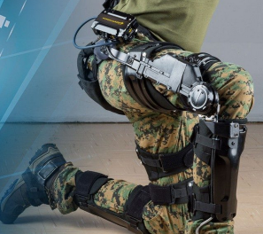Localization and Mapping in Robotics
Two fundamental capabilities are crucial for autonomous systems: localization and mapping. These intertwined processes form the backbone of a robot’s ability to understand and interact with its environment.
Localization:
Localization is the process of estimating a robot’s position relative to its environment. It’s essentially the robot’s way of answering the question, “Where am I?” Accurate localization is critical for a robot to navigate and perform tasks effectively.
Mapping:
Mapping involves creating a representation of the environment that the robot can use for navigation and task planning. This could range from simple 2D floor plans to complex 3D representations of multi-level environments.
The SLAM Revolution
When operating in an unknown environment, robots often need to perform localization and mapping simultaneously. This process is known as Simultaneous Localization and Mapping (SLAM). SLAM algorithms allow robots to construct or update a map of an unknown environment while keeping track of their location within it.






